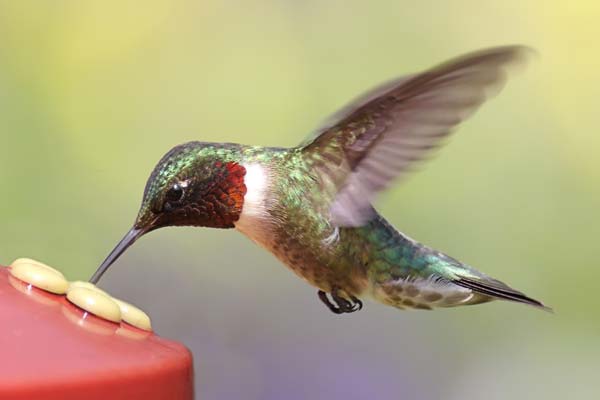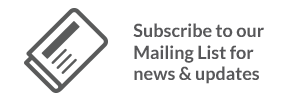About Hummingbirds
Hummingbirds can be easily attracted with nectar from feeders and/or an inviting display of nectar flowers. These amazing birds migrate through our area in early April and can stay through summer well into fall if they find your habitat inviting.
There are 4 species of hummingbirds in our region, the Ruby Throated Hummingbird being the most prevalent. Females and juveniles do not have the red neck and appear completely green.
Other species that may be sighted are Allen’s Hummingbird, Anna’s Hummingbird, and the Rufous Hummingbird.

To maximize the number of hummingbirds you might entice into your garden, have flowers and/or a feeder visible by April 15th.
Food Sources
Nectar is a hummingbird’s primary food source, but they also consume small insects for protein like fruit flies, mosquitos, gnats, and spiders. (They use spider webs to bind their nests together and make them stretchy to accommodate their growing babies!)
Nectar Solutions
The quickest way to get a nectar supply around your yard is with a hummingbird feeder. Many sizes and styles are available, from an inexpensive classic red & white hanging feeder to a hand-blown glass stake pushed into the ground. Nectar mixes can be purchased or you can make your own with regular white sugar.
Learn more about USING HUMMINGBIRD FEEDERS >
Flowering Plants
Many —but not all— flowers produce nectar. Hummingbirds are particularly attracted to tube-shaped flowers because the area(s) holding nectar—the nectaries— are relatively easy for them to access. Their long bills and tongues are perfectly suited to reach deep into the bloom. In comparison, bees and butterflies will first opt for flowers where the nectar is easier to access.
Learn more about WHAT TO PLANT TO ATTRACT HUMMINGBIRDS >
Most plants that attract hummingbirds will also attract
butterflies & other pollinators!


